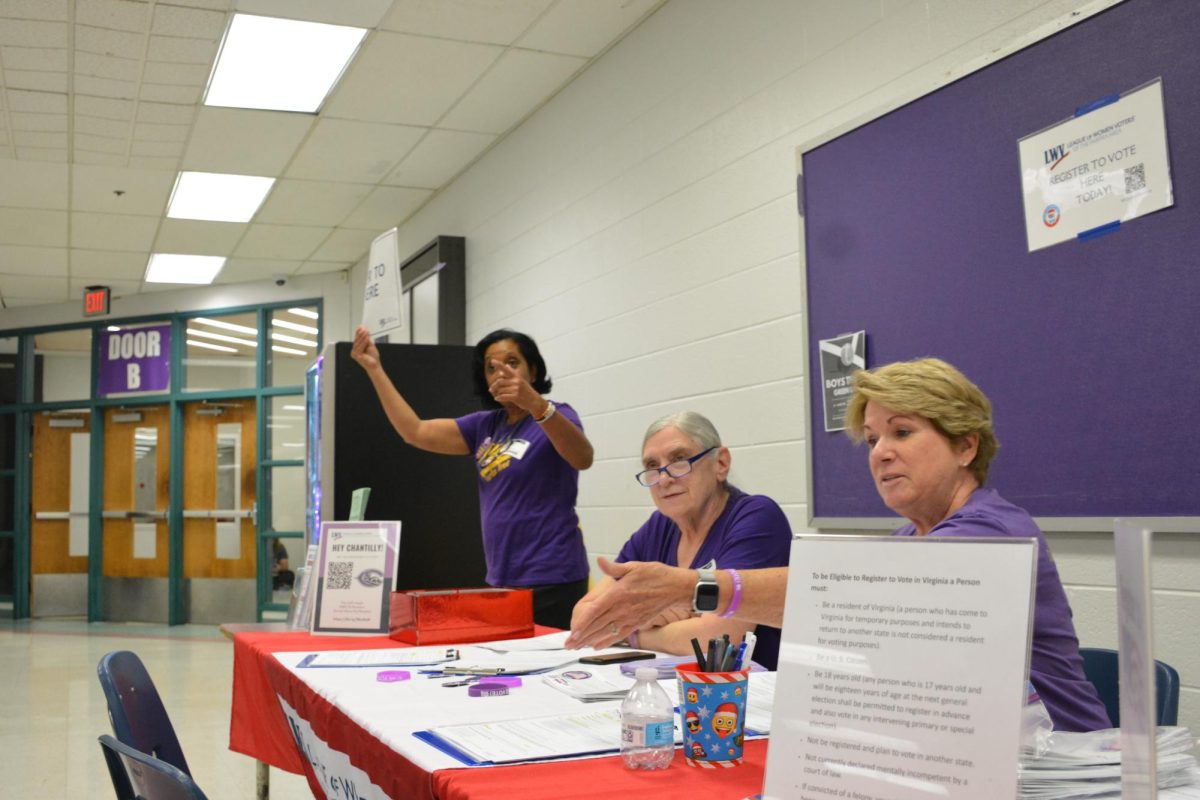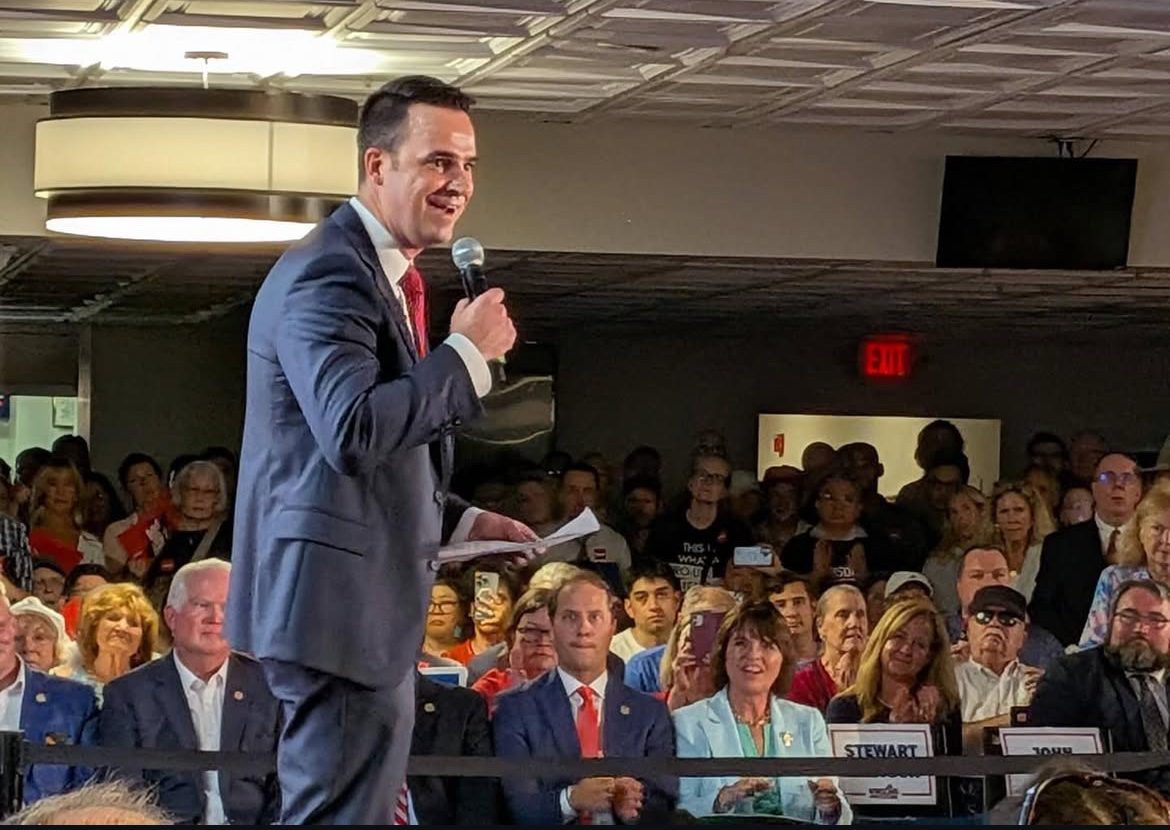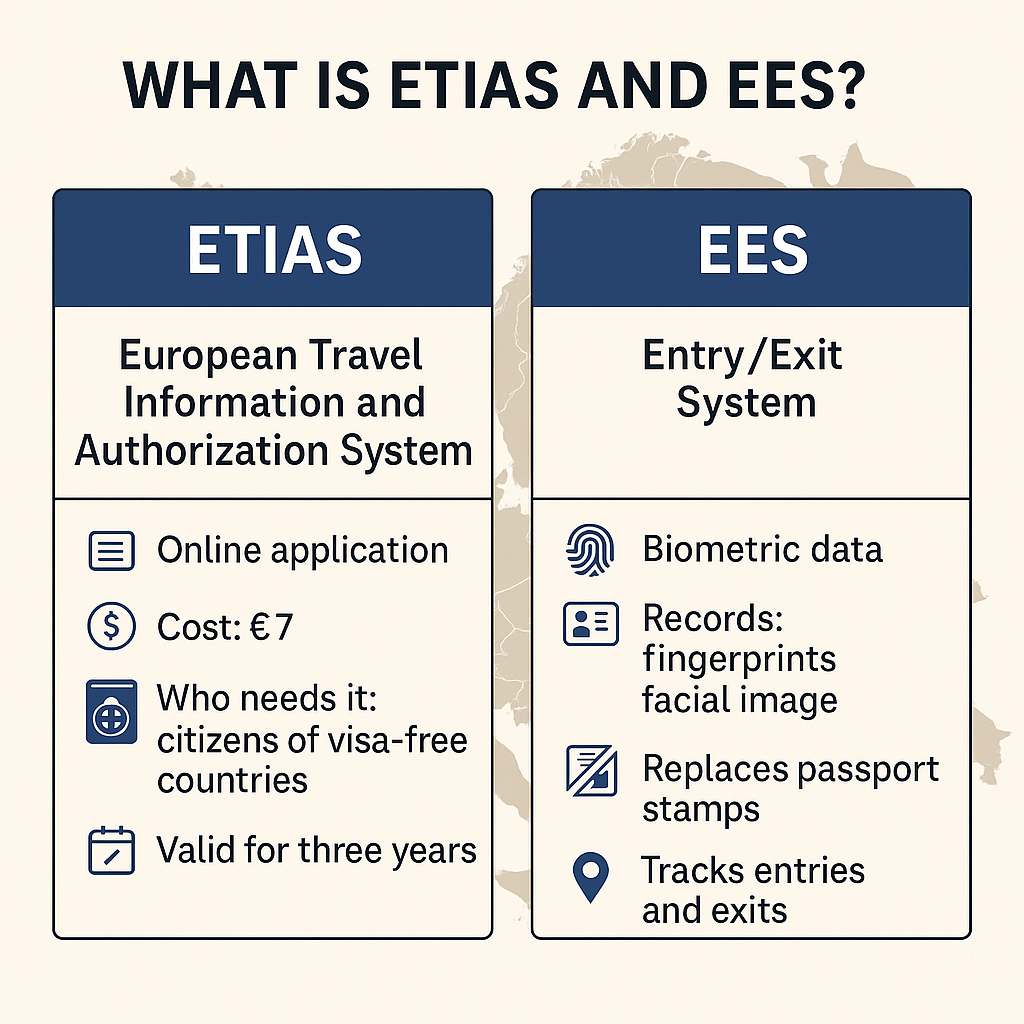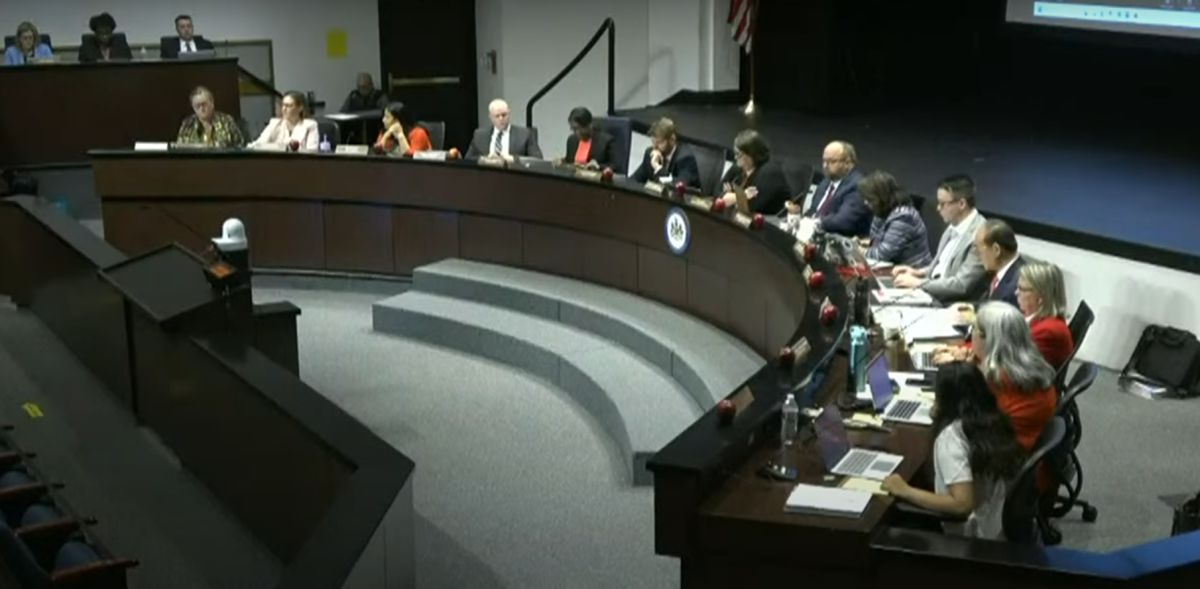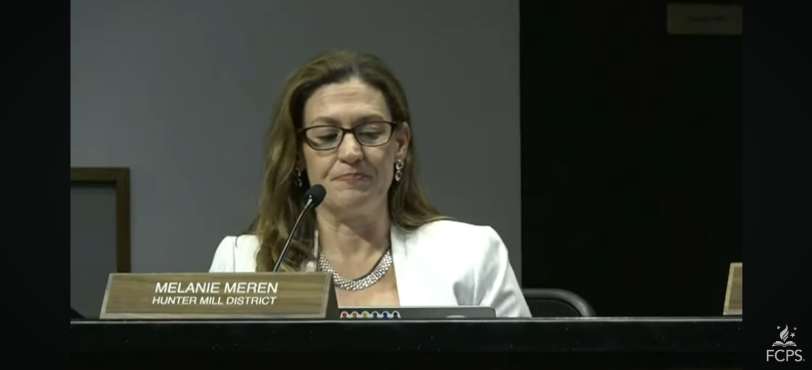
Donate to The Purple Tide
$120
$600
Contributed
Our Goal
Your donation will support the student journalists of Chantilly High School. Your contribution will allow us to cover our printing and annual website hosting costs.
About the Contributors

Delaney Brooks, Editor-in-chief
As a senior, Delaney is entering her fourth year reporting for The Purple Tide. She adored editing the features section in her junior year and is entirely thrilled she can spend her final year on staff as an editor-in-chief alongside Lizzie Sun. She’s most proud of her investigative series about traffic safety on Stringfellow Rd. outside with of CHS and hopes to continue it through her senior year. She listens to lots of Green Day outside of the newsroom—and inside of it too. Silicon Valley is her favorite TV show, pink is her favorite color, grape is her favorite flavor and Beasley is her favorite dog.

Lizzie Sun, Editor-in-chief
Lizzie Sun is a senior at Chantilly High School in her third year with The Purple Tide. Outside of journalism she enjoys writing poetry, reading, and doing different types of advocacy. She also is part of the CHS’ writing center and tennis team She’s excited to spend her final year at TPT!
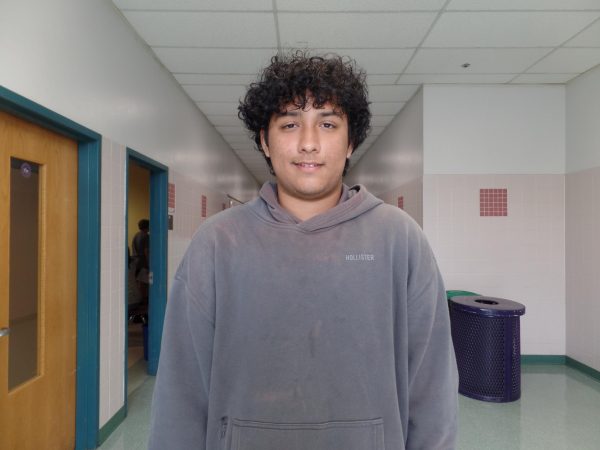
Advik Sood, News Editor
Advik Sood is a junior in his third year with The Purple Tide who is even slightly more of an incredible 21st-century columnist (compared someone). When he’s not writing the next big thing, he enjoys late night trips to Mosaic with his friends and watches shows such as Suits and South Park.

Claire Baek, Editor-in-chief
Claire Baek is a senior in her fourth year with The Purple Tide. While having a passion for both print and broadcast journalism, Claire is also part of Model UN and the Senior Class Board at school. Outside of school, she spends most of her time doing rhythmic gymnastics and creating stories about her community.







